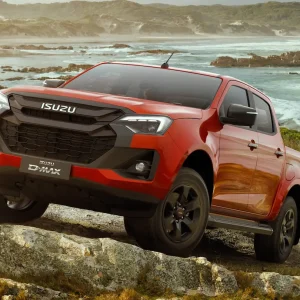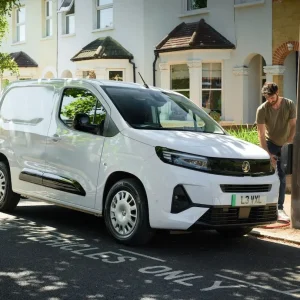The word ‘icon’ is the most overused term in the automotive vocabulary. Perhaps it works in the car world, but with vans, can we really apply the nomenclature ‘iconic’?
Well, Ford would fanfare the Transit and Volkswagen hail the Transporter, while sitting quietly on a corner – possibly the corner of a field – would be the Land Rover Defender. Designed for farmers and driven by monarchs, it has sired more light commercial derivatives than we have page-space for.
Land Rover has given it numerous series and model names over the years, but in truth it has had three major generations since 1948. That basic recipe lasted until 1983 when leaf springs and part-time four-wheel drive gave way to coil springs and full-time 4WD. Then in 2007 the last Land Rover own-design engine (the TD5) went, in favour of Ford Transit units with attendant six-speed transmission and a new fascia. This format – albeit with a drop of 200cc along the way – saw it to the end in January 2016. It is these 2.4 and 2.2 TDCi versions we look at here.
In panel van format – or Hard Top (HT) in Land Rover speak – the LWB 110 version offers most, with a load length of 1.7m, plus a load height of 1.05m and load width of 755mm, so the only Defender you can pallet-load is the 110 HCPU (High Capacity Pick-Up) with its wider tailgate and side-mounted spare wheel.
The 110 UW (Utility Wagon), a double-cab van, offers a load length of 1.1m or 1.5m with rear seats folded, and the SWB 90HT offers just over a metre of load length. The 90 pick-up offers only 800mm of load length due to its cab-rear mounted spare wheel, likewise the 110 double-cab pick-up. The 130 wheelbase is found mainly in double-cab HCPU versions or chassis-cabs for conversion.
Payloads range from 650kg to 900kg in the 90 through 1,000-1,250kg in 110 versions, and 1,400kg in 130 chassis-cab derivatives. Both engines offer 122hp. The 2.2 TDCi is actually far better – I’ve owned both – thanks to its variable geometry turbo.
All Defenders are light years behind the comfort and refinement of any modern light commercial vehicle, they are heavy to drive, a bit thirsty, and have fit and finish to make German engineers fall about laughing. Additional anti-theft security and full service history
are absolute must-haves as the Defender’s patchy reliability reputation is well deserved.
However, choose a 110 2.2-litre with anti-lock braking/traction control (ABS/TC) or XS trim and no Japanese pick-up or commercial SUV can get near it off-road, plus it will tow 3.5 tonnes.
Parts are cheap too, even if dealer servicing is steep. You will pay a lot, but glacial depreciation means a good investment and you go to work every day in an icon.
Get your hands on…
– 2.2-litre engine
– ABS/traction control
– XS trim
– Utility Wagon
– Tow pack
Steer clear of…
– 2.4-litre engine
– 90 pick-up
– 110 double-cab pick-up
– Basic trim
– Any aftermarket modifications





